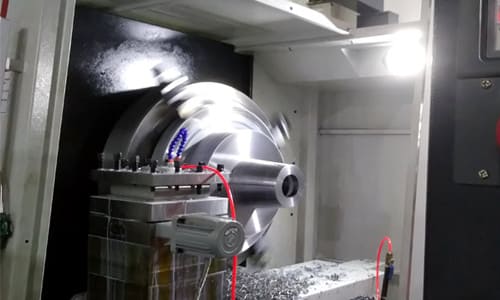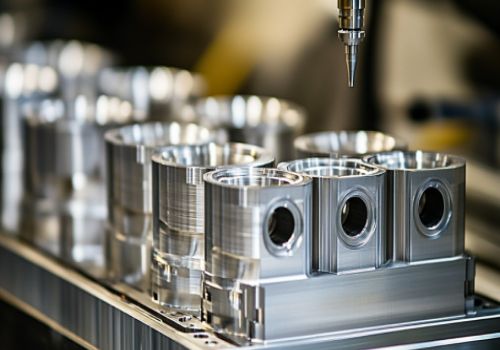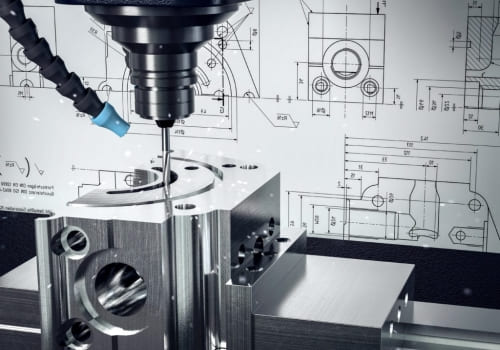In order to solve the problem that the deformation of the aluminum alloy thin-walled parts affects the size and shape tolerance of the parts during machining, the processing method of high speed, low feed and low depth of cut is used to complete the processing of all related dimensions of the parts through one clamping. Thereby reducing the deformation of the parts caused by excessive cutting force during the machining process, avoiding the error caused by the non-coincidence of the machining datum and the design datum, and improving the dimensional accuracy and shape accuracy of the parts.
1. Asking questions
In the machining process of parts, deformation is often caused by internal stress, especially in the processing of non-ferrous light metals such as aluminum and magnesium alloys. Warping, side bending and twisting caused by internal stress occur frequently, which will seriously affect the processing quality and processing efficiency of parts, especially for thin-walled and thin-plate parts.
How to minimize or eliminate the deformation of parts to ensure product quality and production efficiency has been the subject of our research for many years.
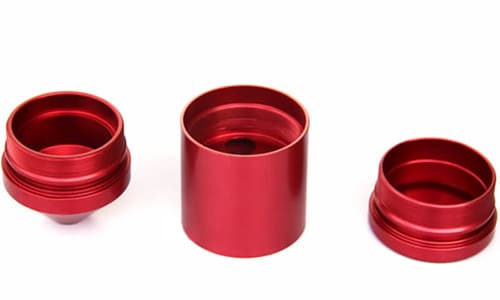
2. Cause analysis
In order to improve the processing and performance of aluminum alloy, it is necessary to improve the strength by heat treatment (quenching treatment + aging treatment) before processing. The material generates a lot of internal stress during the quenching process, and the aging process cannot completely release the internal stress generated during the quenching process. In the subsequent machining process, new cutting stress is generated. With the continuous removal of materials, the balance of internal stress state is broken, and the internal stress is redistributed until a new equilibrium process is reached, resulting in deformation, which makes the parts lose their proper processing accuracy. And when the stress on the surface of the part exceeds the strength limit of the material, cracks will also occur.
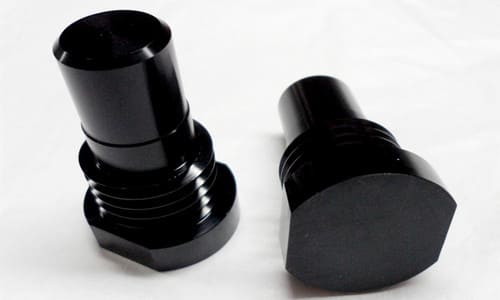
3. Solutions
For the above reasons, the “kitting” method is used for processing aluminum alloy thin-walled and thin-plate parts. The “kitting” method is a processing method in which all dimensions are processed in one clamping, and then the parts are pulled out from the blank.
The “kitting” process includes milling top→rough milling inner cavity→rough milling shape→finish milling shape→finishing inner cavity→finishing bottom surface→point (drilling) holes→cutting and other processes. Since the whole process is completed in one clamping, before cutting, because the part is connected with the bottom surface of the blank material, the generation of internal stress will not cause large deformation of the part, and the size of the part is stable during the whole process.
When cutting, it is necessary to allow the blank material and the part material to have 0.1mm adhesion on the bottom surface, so as to ensure that the part has sufficient strength to resist the cutting stress generated during the processing during the entire “kitting” process.

